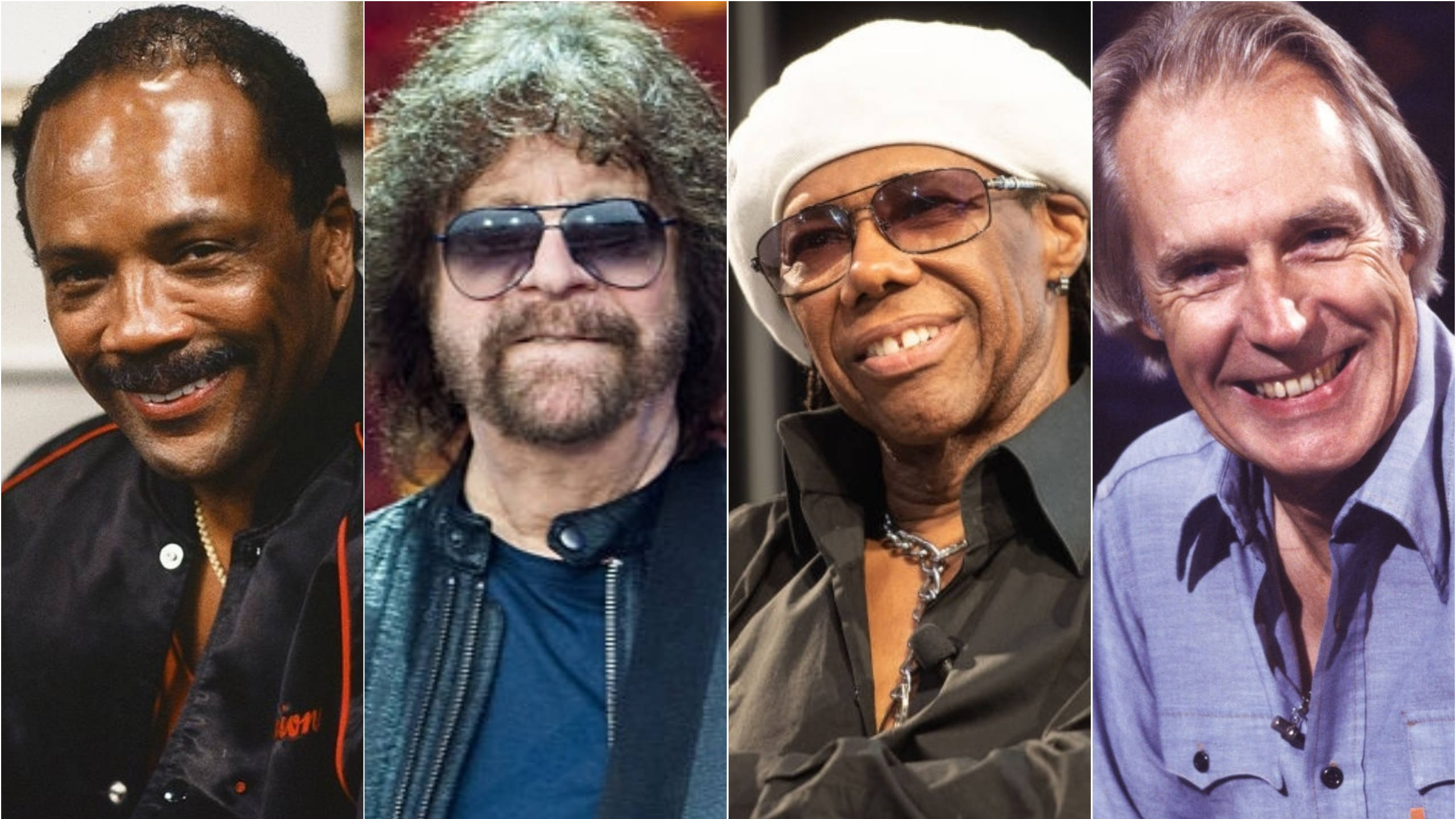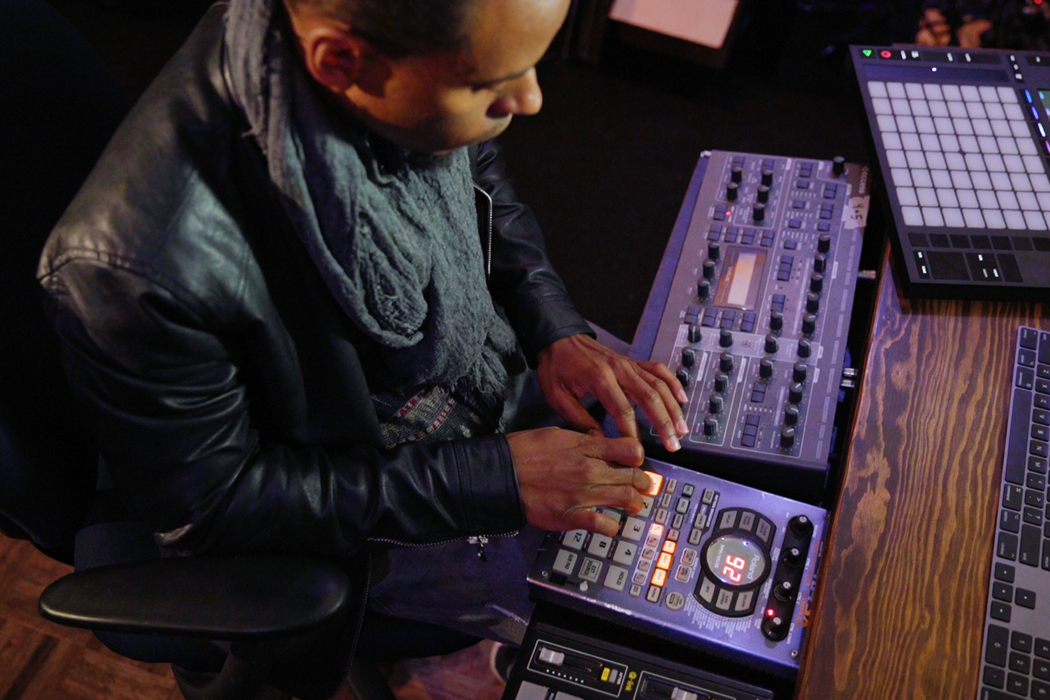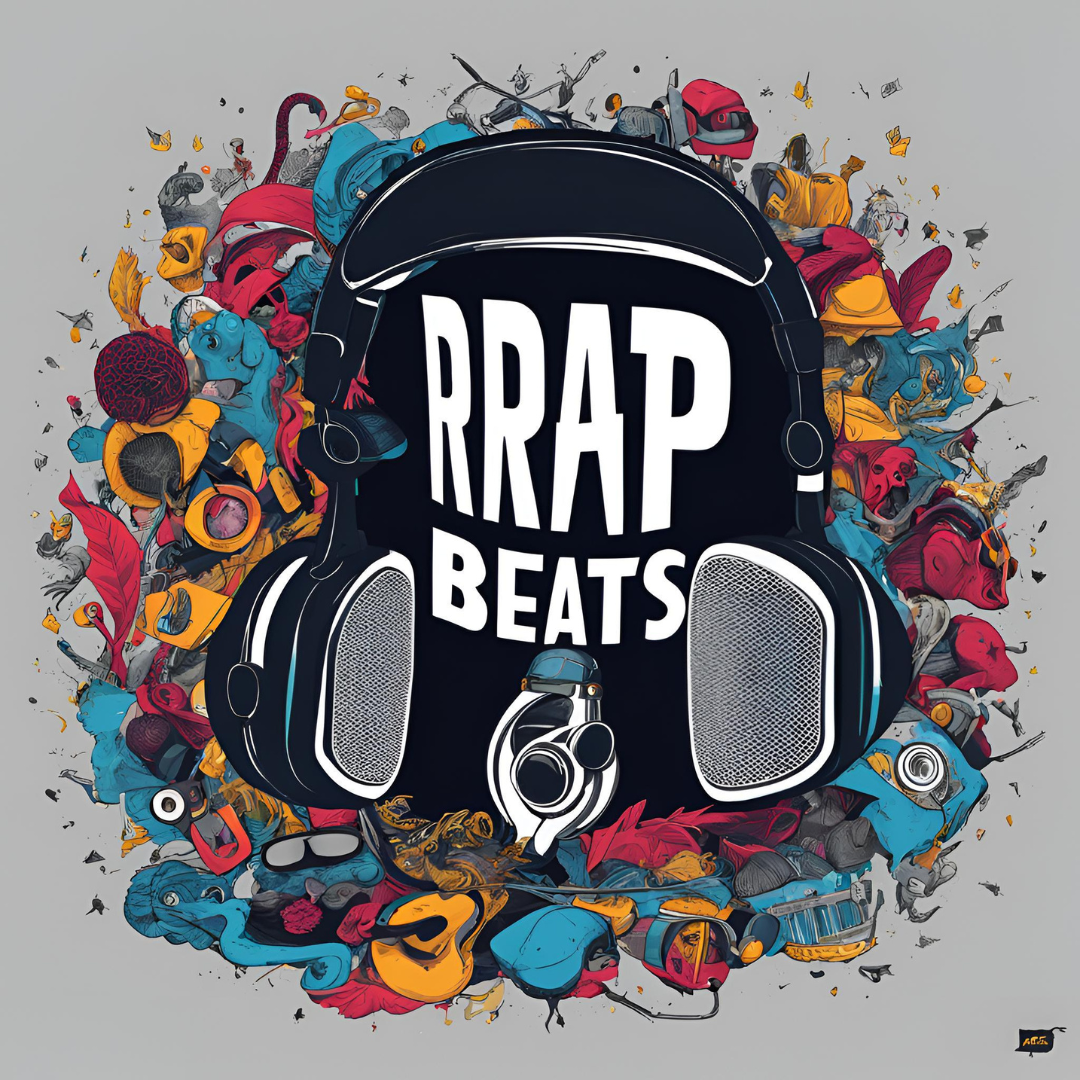Rap music, a genre that has transformed the global music landscape, owes much of its dynamism to one of its most critical components: the rap beat. These beats are the heartbeat of hip-hop, providing the rhythm and energy that fuel the lyrical prowess of artists. This article delves into the rich history of rap beats, tracing their journey from humble beginnings in the Bronx to their current status as a dominant force in the music industry, and offers insights into what the future may hold for this ever-evolving art form.
Introduction to Rap Beats
At its core, a rap beat serves as the instrumental foundation upon which rappers craft their verses. Unlike other genres where melody and harmony take precedence, rap emphasizes rhythm, cadence, and lyrical delivery. The beat not only sets the tempo but also influences the mood and tone of the song, acting as a canvas for storytelling and emotional expression.
Rap beats can vary widely in complexity and style, from minimalist productions with sparse instrumentation to intricate compositions featuring layered sounds and complex rhythms. This versatility has allowed hip-hop to adapt and thrive, reflecting the diverse influences and innovations of producers and artists alike.
The Birth of Rap Beats: The 1970s

The origins of rap beats can be traced back to the vibrant streets of the Bronx, New York City, in the early 1970s. During this era, DJs like Kool Herc, Grandmaster Flash, and Afrika Bambaataa pioneered the practice of “breakbeat” DJing. They would isolate and extend the percussion breaks of funk, soul, and disco records using two turntables, creating a continuous loop that became the foundation for early rap performances.
This technique allowed rappers to rhyme over repetitive drum patterns, enhancing the rhythmic interplay between the lyrics and the instrumental backdrop. The emphasis on the beat laid the groundwork for what would become a defining characteristic of hip-hop music.
The Golden Age of Hip-Hop: Late 1980s to Early 1990s
The late 1980s to early 1990s is often referred to as the Golden Age of hip-hop, a period marked by innovation, diversity, and creative experimentation in rap beat production. During this time, producers began to explore new techniques and incorporate a wider range of musical influences into their beats.
Innovative Sampling
Sampling became a cornerstone of rap beat production. Producers like Marley Marl, Pete Rock, and DJ Premier mastered the art of chopping and looping samples from jazz, funk, and soul records, creating rich and textured soundscapes. This approach not only added depth to the beats but also paid homage to the musical traditions that influenced hip-hop.
- Marley Marl: Known for his work with the Juice Crew, Marley Marl introduced innovative sampling techniques that added complexity to rap beats.
- Pete Rock: Renowned for his soulful samples and smooth drum patterns, Pete Rock played a pivotal role in shaping the sound of East Coast hip-hop.
- DJ Premier: With his signature chopped samples and hard-hitting drums, DJ Premier became a legend in the hip-hop community.
Emergence of Regional Sounds
During the Golden Age, distinct regional styles began to emerge, each with its unique approach to rap beat production.
- East Coast: Characterized by gritty, sample-heavy beats with complex drum patterns. The focus was on lyricism and intricate rhyme schemes.
- West Coast: Introduced the smoother, funk-influenced G-funk sound, popularized by producers like Dr. Dre. This style emphasized melodic synthesizers and deep basslines.
- Southern Hip-Hop: Began to develop its own identity with slower tempos and heavier bass, laying the groundwork for future genres like trap music.

The Digital Revolution: 2000s
The turn of the millennium brought about a significant shift in rap beat production, driven by advancements in digital technology. The introduction of digital audio workstations (DAWs) like FL Studio, Ableton Live, and Pro Tools democratized music production, allowing aspiring producers to create complex beats without the need for expensive hardware.
Rise of Trap Music
One of the most influential subgenres to emerge from the digital revolution is trap music. Originating from the Southern United States, trap beats are characterized by their use of 808 sub-bass, rapid hi-hat patterns, and snappy snares. Producers like Lex Luger, Metro Boomin, and Zaytoven pioneered this sound, which has since dominated mainstream rap.
- Lex Luger: Credited with bringing trap music to the forefront, his aggressive beats became the backbone of many early trap anthems.
- Metro Boomin: Known for his versatile production style, Metro Boomin has produced hits for artists like Future, Drake, and Post Malone.
- Zaytoven: His piano-infused trap beats have been instrumental in shaping the sound of Atlanta’s hip-hop scene.

Proliferation of Home Studios
The accessibility of music production software enabled a surge in home studio setups, leading to a more diverse array of rap beats. Producers no longer needed to rely on studio time or expensive equipment, fostering creativity and experimentation. This shift also paved the way for internet-based collaborations and the rise of online beat marketplaces.
Influential Producers and Their Impact
Behind every iconic rap beat is a visionary producer who pushes the boundaries of sound and production techniques. Here are some of the most influential producers who have left an indelible mark on rap beats:
Dr. Dre
Dr. Dre is synonymous with the polished, high-production-value beats that define West Coast hip-hop. His work on albums like The Chronic and 2001 introduced the G-funk sound, characterized by smooth synthesizer melodies, deep basslines, and crisp drum patterns. Dre’s meticulous production standards have influenced countless artists and producers, solidifying his legacy in the hip-hop community.
Kanye West
Kanye West is renowned for his genre-blending approach to rap beats. From soulful samples in The College Dropout to electronic experimentation in Yeezus, West continuously pushes the boundaries of hip-hop production. His ability to merge diverse influences while maintaining a cohesive sound has made him one of the most respected producers in the industry.
J Dilla
J Dilla, also known as Jay Dee, was a master of sampling and beat construction. His unique swing and off-kilter rhythms added a human feel to his beats, making them both intricate and soulful. J Dilla’s work with artists like A Tribe Called Quest, Common, and Erykah Badu has left a lasting impact on the rap beat landscape.
Pharrell Williams
As part of The Neptunes, Pharrell Williams crafted some of the most memorable and catchy beats in rap and pop music. His minimalist yet infectious production style, characterized by crisp percussion and melodic hooks, has influenced a generation of producers and artists.

The Role of Technology in Shaping Rap Beats
Technological advancements have played a pivotal role in the evolution of rap beats. From analog equipment to cutting-edge digital tools, technology has expanded the creative possibilities for producers.
Sampling and Digital Manipulation
Modern sampling techniques allow producers to manipulate and repurpose sounds with unprecedented precision. Software like Serato, Ableton Live, and FL Studio offer powerful tools for slicing, dicing, and reassembling samples, enabling the creation of entirely new soundscapes from existing recordings.
Drum Machines and Synthesizers
Classic drum machines like the Roland TR-808 and TR-909 have been staples in rap beat production for decades. Today, digital drum machines and virtual synthesizers replicate these iconic sounds while offering endless customization options. Producers can craft intricate drum patterns and lush melodies that enhance the complexity and depth of their beats.
Artificial Intelligence and Machine Learning
AI-driven tools are beginning to influence rap beat production. Programs like Amper Music and AIVA can generate beats based on user-defined parameters, serving as a source of inspiration or a starting point for further refinement. While AI won’t replace human creativity, it offers new avenues for experimentation and efficiency.

The Current Landscape of Rap Beats
Today, rap beats are more diverse and innovative than ever. The global reach of hip-hop has led to a fusion of styles and influences, resulting in a rich tapestry of sounds that cater to a wide range of tastes.
Global Influences
Producers are increasingly incorporating global sounds into rap beats, blending elements from different cultures to create unique and fresh compositions. This includes the use of African percussion, Latin rhythms, Asian-inspired melodies, and more, adding new dimensions to traditional hip-hop beats.
Lo-Fi and Ambient Rap Beats
The rise of lo-fi and ambient rap beats caters to listeners seeking a more relaxed and introspective sound. These beats often feature mellow melodies, minimalistic drum patterns, and a nostalgic, vintage feel, providing a soothing backdrop for reflective lyrics.
Trap and Drill Influences
Trap music continues to dominate mainstream rap, with its signature 808 sub-bass, rapid hi-hat rolls, and aggressive snares. Additionally, the drill subgenre, with its dark and gritty beats, has gained popularity, particularly in the UK and Chicago scenes.
Experimental and Hybrid Beats
Producers are pushing the boundaries by experimenting with unconventional sounds and structures. Hybrid beats that blend elements from electronic music, jazz, rock, and other genres are becoming increasingly popular, offering a fresh take on traditional rap beats.

Future Trends and Predictions
The evolution of rap beats shows no signs of slowing down. As technology continues to advance and musical influences expand, the future of rap beats promises even greater innovation and diversity.
Integration of Virtual Reality and Augmented Reality
Virtual reality (VR) and augmented reality (AR) technologies are set to revolutionize how rap beats are created and experienced. Producers may use VR environments to craft beats in immersive spaces, while listeners could engage with music in interactive and visually rich ways.
Continued Fusion of Genres
The blending of hip-hop with other genres is likely to continue, leading to the creation of new and hybrid sounds. This cross-pollination will keep rap beats fresh and open to a broader audience, fostering creativity and innovation.
Sustainability in Production
As environmental awareness grows, the music industry may adopt more sustainable practices in beat production. This includes using energy-efficient equipment, reducing electronic waste, and promoting digital distribution to minimize the carbon footprint of music creation and consumption.
Advancements in AI-Assisted Production
AI will play an increasingly significant role in rap beat production, offering tools that assist with everything from beat generation to mixing and mastering. While human creativity remains irreplaceable, AI can enhance productivity and inspire new creative directions.
Global Collaboration and Diversity
The interconnectedness of the digital age facilitates global collaboration among producers and artists. This will lead to a more diverse and inclusive range of rap beats, reflecting a multitude of cultural influences and perspectives.

The Beats Of Life
Rap beats are the lifeblood of hip-hop, providing the rhythmic foundation that empowers artists to deliver their messages, express their emotions, and connect with audiences worldwide. From the breakbeat DJing of the Bronx in the 1970s to the sophisticated, genre-blending productions of today, rap beats have undergone a remarkable evolution, driven by technological advancements and creative ingenuity.
As we look to the future, rap beats will continue to adapt and innovate, embracing new technologies and global influences that will shape the next generation of hip-hop. For producers and artists alike, mastering the art of crafting compelling rap beats remains essential in leaving a lasting mark on the ever-evolving tapestry of music.
